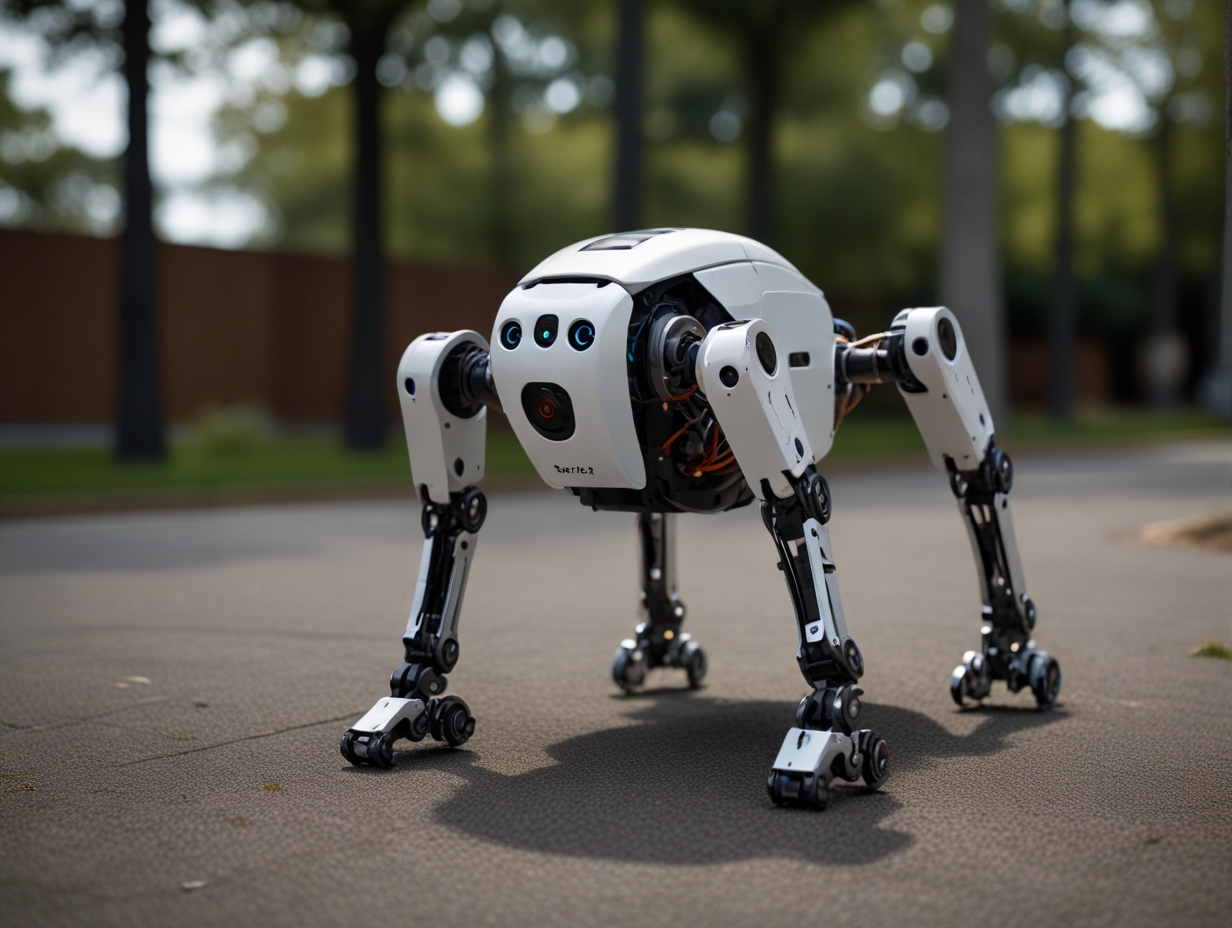The joint research of Carnegie Mellon University, University of Washington, and Google DeepMind has paved the way for a breakthrough artificial four-legged robot that can walk and grasp simultaneously. This new development through robots will be a revolutionary breakthrough by improving agility and adaptability when the robot moves within a complicated habitat.
LocoMan’s adaptable design makes tasks with objects easier.
This newly developed quadrupedal robot, called LocoMan, has a distinctive feature of its limbs, designed to perform manipulations of objects. Unlike ancient robot models that used articulated arms for manipulation purposes, LocoMan uses its distinct morphology for a more flexible perception of the arrangement of its limbs instead of using the upper mounted arms for manipulation tasks.
If implemented properly, this feature, along with others in the software, can ensure a seamless transition between operational modes. Underpinning LocoMan’s functionality is a comprehensive Whole-Body Control (WBC) framework, which facilitates a seamless transition across five operational modes: one-handed grasp, foot manipulation, bimanual manipulation, locomotion, and locomotion manipulation. Boasting two manipulators at the calf and preserving the original legs, the interplay comes together, yielding LocoMan the great capability to mimic 6D poses, thus broadly approaching different complex manipulation tasks.
Real-world dexterous performance
The LocoMan’s complexity and intricacy were challenged in hands-on experiments showcasing its agility and adaptability. The demonstration robot could do with ease the human job consisting of handling tasks like opening the door, putting power plugs into the socket, and picking up objects that are stored in narrow spaces.
The robot is perfect for moving and manipulating the environment accurately and quickly. Additionally, its negligible cost-effectiveness and the ability to be utilized in different areas showcase its promise of use in real-world applications in the foreseeable future.
In the coming times, the researchers aim to match the capabilities of LocoMan with the latest in computer vision and machine learning by integrating the mentioned technology into the robot. The robot utilizes vision-language models to understand the visual ordering of the peculiar, and it processes the verbal commands from the human, which enhances interactive procedures to be almost natural. It contains the possibility of a reclamation via which the actions of robots can be accessed to a great extent, ultimately leading to enhanced autonomy and improved adaptability.
Integrated limb manipulation enhances efficiency
The development of LocoMan represents an important step in robotic technologies, offering a new approach to the problem. As a result, navigating and manipulating complex environments is more efficient.
The robot adopts this feature through the inbuilt manipulation capabilities of the limbs, which may not be seen in other quadruped types of robots, resulting in enhanced versatility and skill. As there are emerging computer vision and machine learning methods, LocoMan will be capable of solving a greater set of practical problems. Therefore, new intelligent and adaptive classes of robotic systems are just around the corner.
The article originally appeared in arxiv





